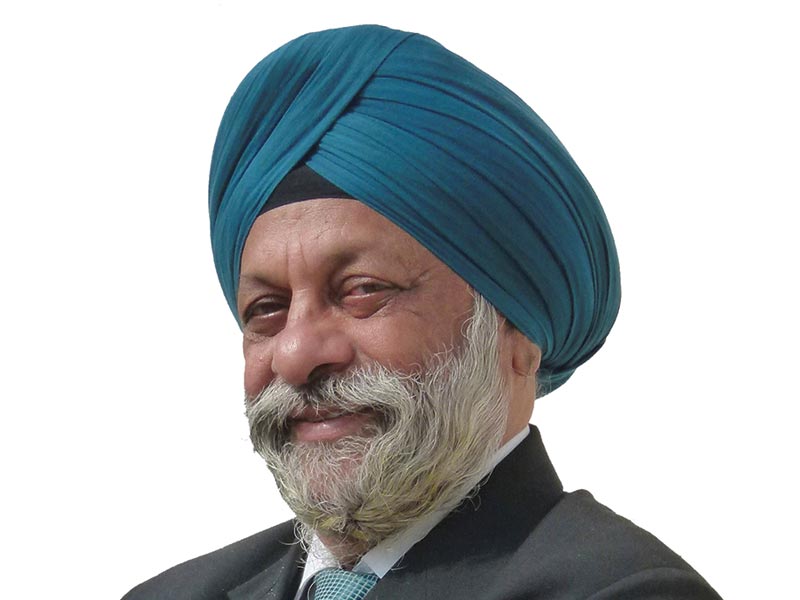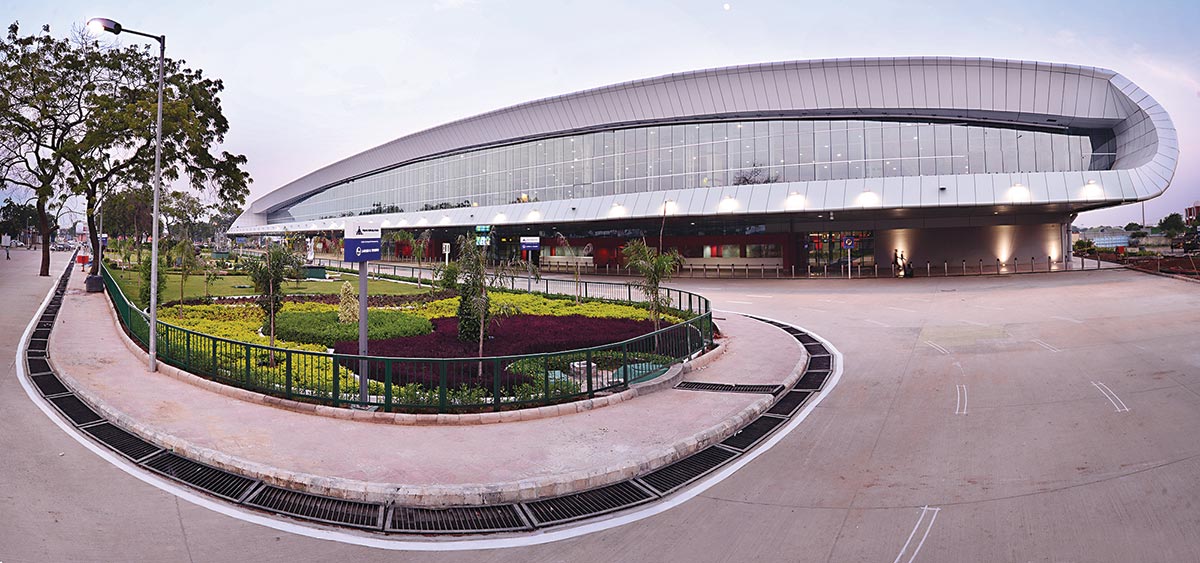
There are numerous calls for a more decisive and vital type of planning that can ‘future-proof’ the cities. Though, many experiments are being executed for providing a better infrastructure, but piecemeal interpretations shift the focus from the main issue and do not provide any permanent solutions. It has been observed that an integrated approach towards the city infrastructure development needs to be addressed in a holistic manner, rather than unraveling issues with a segmented and fragmented approach.
It is evident that the role of an architect in urban development needs to be redefined. In the present scenario, project feasibilities and analysis of the urban issues are being hindered due to interferences which are counterproductive and which dilute the contribution of the planner. A professional architectural intervention is critical, especially at this sensitive stage of our cities. The architect/planner needs to lead and not to be led by the political and bureaucratic British ruling fabric of governances.
Some Indian states are already experimenting with creating new cities with “smart” elements. For example, the Gujarat International Finance Tec-City (GIFT), and Smart City Kochi. The current situation calls for a more economical solution in terms of land use, having many social advantages in terms of services and at the same time provide for very close contact with the ground and with nature, i.e. Low Rise, High Density Structures. These structures bring together the best of both worlds: they are dense enough to achieve urban benefits while accomodating an integration of open spaces whilst providing a sense of individual identity.
A professional architectural intervention is critical, especially at this sensitive stage of our cities. The architect/planner needs to lead and not to be led by the political and bureaucratic British ruling fabric of governances
India has a very strong heritage which cannot be ignored. Attributing simple yet the most effective ways of urban and rural planning, we need to focus on strategies like neighbourhood planning, interphase between accessibility, efficiency and people’s movement. But, is the architecture network around us capable enough to withstand the functioning of such technology? Are we just adding layers and layers of new innovations rather than upgrading the existing infrastructure? These questions raise an alarming situation.
The focus should be on building cities that enhance the residents’ lives by utilizing the underlying passive strategies of sustainable architecture and not just relying on technology to solve all our problems. A planning and architectural intervention is very important to be realized and merge the strong Indian Ethnic architecture and the modern trends of planning with advanced use of technology in terms of services, infrastructure and city development, thus, creating sustainable and futuristic Indian Smart Cities.
 Vadodara Airport
Vadodara Airport














